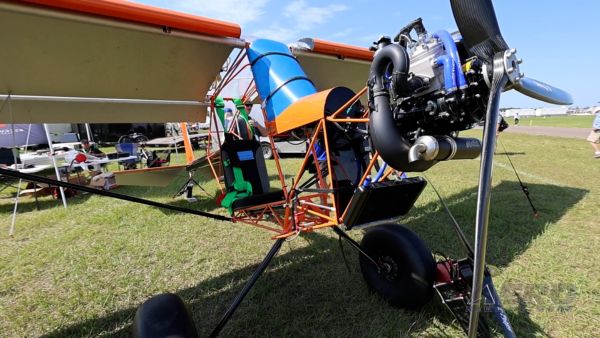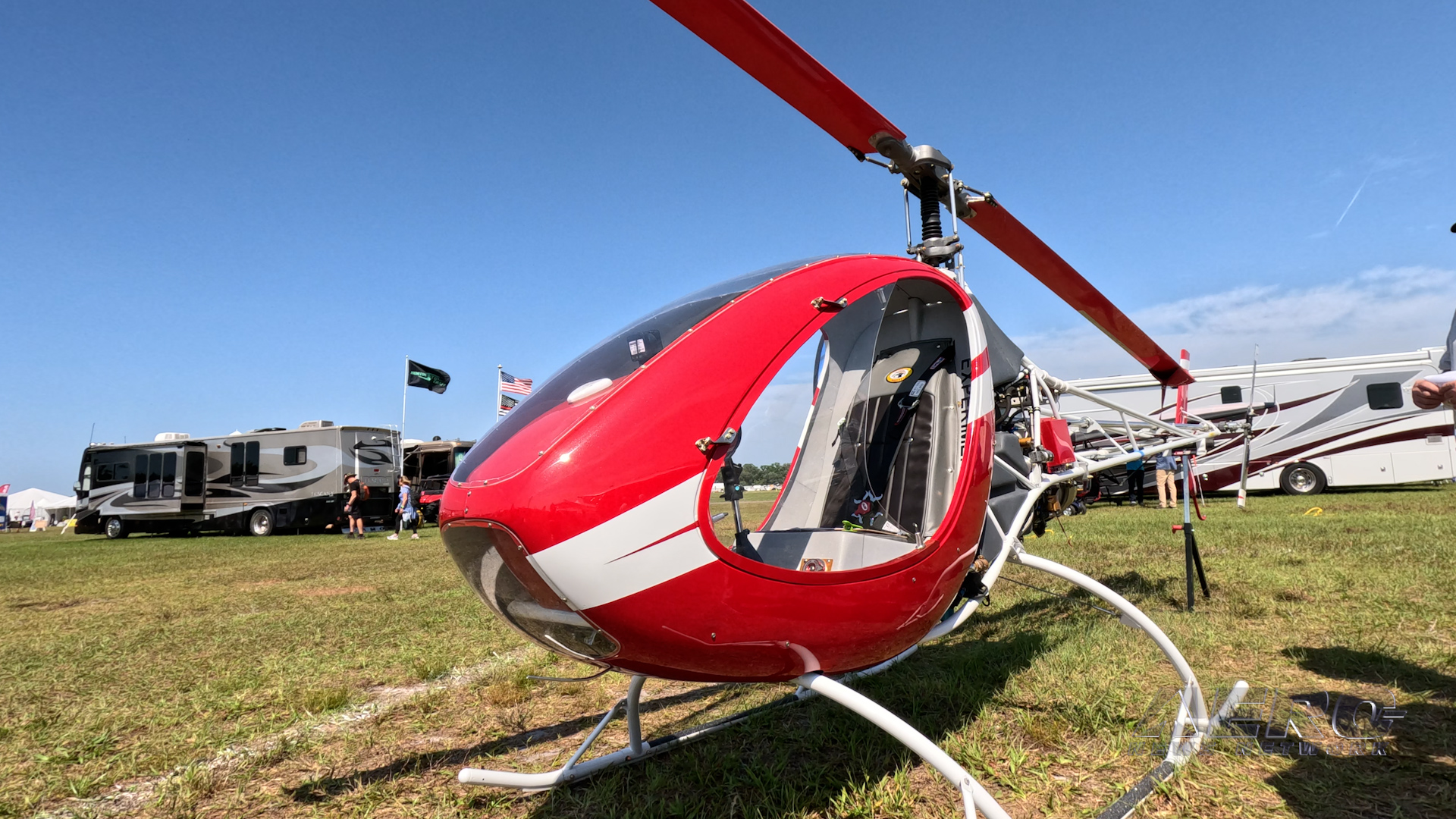Planetary Programs Valued At $38M
 NASA has selected two science investigations that will aid in
the interior examination of Mars and probe the tenuous atmosphere
of Mercury. The projects, valued at approximately $38 million, also
establish new alliances with the European Space Agency, or ESA.
NASA has selected two science investigations that will aid in
the interior examination of Mars and probe the tenuous atmosphere
of Mercury. The projects, valued at approximately $38 million, also
establish new alliances with the European Space Agency, or ESA.
"The selections will further advance our knowledge of these
exciting terrestrial planets," said Jim Green, director of NASA's
Planetary Division at NASA Headquarters in Washington. "The
international collaboration will create a new chapter in planetary
science and provide a strong partnership with the international
science community to complement future robotic and human
exploration activities."
The Lander Radio-Science on ExoMars, or LaRa, will use NASA's
Deep Space Network of radio telescopes to track part of ESA's
ExoMars mission. Scheduled to launch in 2016, the mission consists
of a fixed lander and a rover that will roam Mars collecting soil
samples for detailed analysis.
Data relayed from the lander back to the network will allow
scientists to measure and analyze variations in the length of the
day and location of the planet's rotational axis. This data will
help researchers further dissect the structure of the Red Planet's
interior, including the size of its core. When combined with the
lander's onboard instruments, the data also may help confirm
whether the planet's interior is still, at least partially,
composed of liquid. William Folkner of NASA's Jet Propulsion
Laboratory in Pasadena, Calif., is the principal investigator. The
project costs approximately $6.6 million.
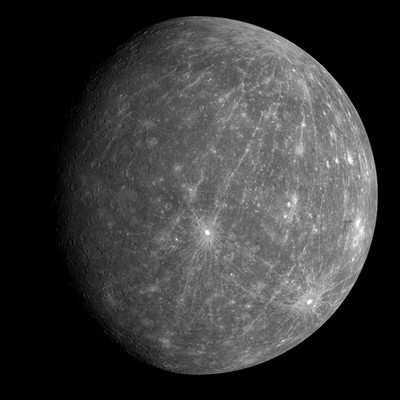
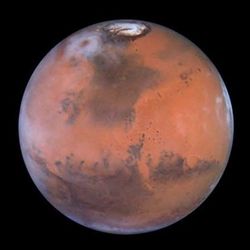 The second selection, named Strofio, will employ a unique mass
spectrometer. The instrument will determine the mass of atoms and
molecules to reveal the composition of Mercury's atmosphere. The
investigation will study the atmosphere, which is formed from
material ejected from its surface, to reveal the composition of
Mercury's surface.
The second selection, named Strofio, will employ a unique mass
spectrometer. The instrument will determine the mass of atoms and
molecules to reveal the composition of Mercury's atmosphere. The
investigation will study the atmosphere, which is formed from
material ejected from its surface, to reveal the composition of
Mercury's surface.
Strofio will investigate Mercury as a key component of the
Italian Space Agency's suite of science instruments that will fly
aboard ESA's BepiColombo mission. Scheduled for launch in 2013, the
mission is composed of two spacecraft. Japan will build one
spacecraft to study the planet's magnetic field. ESA will build the
other to study Mercury directly. Stefano Livi of the Southwest
Research Institute in San Antonio is the principal investigator.
The project costs approximately $31.8 million.
The selections were among eight proposals submitted in December
2008 in response to NASA's new Stand Alone Mission of Opportunity,
known as Salmon. NASA solicited proposals for investigations that
address planetary science research objectives on non-agency
missions. A key criterion is that science goals, including data
archiving and analysis, must be accomplished for less than $35
million.
NASA's Deep Space Network is an international system of antennas
that support interplanetary spacecraft missions and radio and radar
astronomy observations for the exploration of the solar system and
the universe. The network also supports selected Earth-orbiting
missions. The system consists of three deep-space communications
facilities placed around the world in California's Mojave Desert;
Madrid, Spain; and near Canberra, Australia. This strategic
placement permits constant observation of spacecraft as Earth
rotates and helps to make the network the largest and most
sensitive scientific telecommunications system in the world.
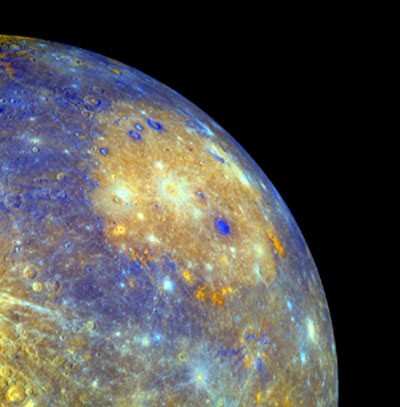
NASA's Planetary Science Division aims to improve understanding
of the planets and small bodies that inhabit our solar system.
Mission activities include helping scientists answer questions
about the solar system's formation, how it reached its current
diverse state, and how life evolved on Earth and possibly elsewhere
in the solar system. The Mars Exploration Program, a component of
the Planetary Division, seeks to characterize and understand Mars
as a dynamic system, including its present and past environment,
climate cycles, geology and biological potential.
 ANN's Daily Aero-Linx (04.13.24)
ANN's Daily Aero-Linx (04.13.24) ANN's Daily Aero-Term (04.13.24): Beyond Visual Line Of Sight (BVLOS)
ANN's Daily Aero-Term (04.13.24): Beyond Visual Line Of Sight (BVLOS) Airborne 04.09.24: SnF24!, Piper-DeltaHawk!, Fisher Update, Junkers
Airborne 04.09.24: SnF24!, Piper-DeltaHawk!, Fisher Update, Junkers Aero-News: Quote of the Day (04.14.24)
Aero-News: Quote of the Day (04.14.24) ANN's Daily Aero-Term (04.14.24): Maximum Authorized Altitude
ANN's Daily Aero-Term (04.14.24): Maximum Authorized Altitude





